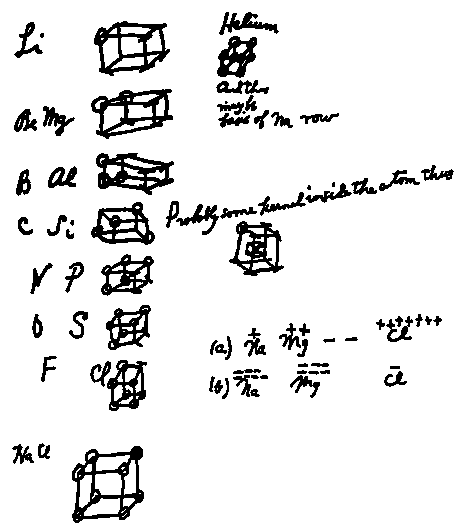Teaching Chemical Information:
Tips and Techniques
— August 1998 —
Core Resources: Primary Literature: Journals
Lewis Example: How Chemistry Becomes Chemical Information

Lewis: Memorandum of 1902
Lab Notes
A chemist has an idea and experiments with it. Here is an exerpt from a memo by Gilbert Lewis (of Lewis acid fame) outlining his ideas on atomic and molecular structure.
JOURNAL OF THE AMERICAN CHEMICAL SOCIETY
April 1916, pg. 762-85



Journal Article
Usually the first place that scientists can learn about new work is in a journal article. Hence journals, (and other sources such as patents) which give a “first look” at new science are called primary sources.
Note the date of the memo above and the date of the article. It took several years for the journal article to appear.

Abstracts & Indexes
Once the number of chemical journals became too great for an individual scientist to read; abstracts and indexes were developed. These secondary tools digest and organize the information in primary sources.
Note the date of the abstract for the Lewis article. It appeared a month after the original article.